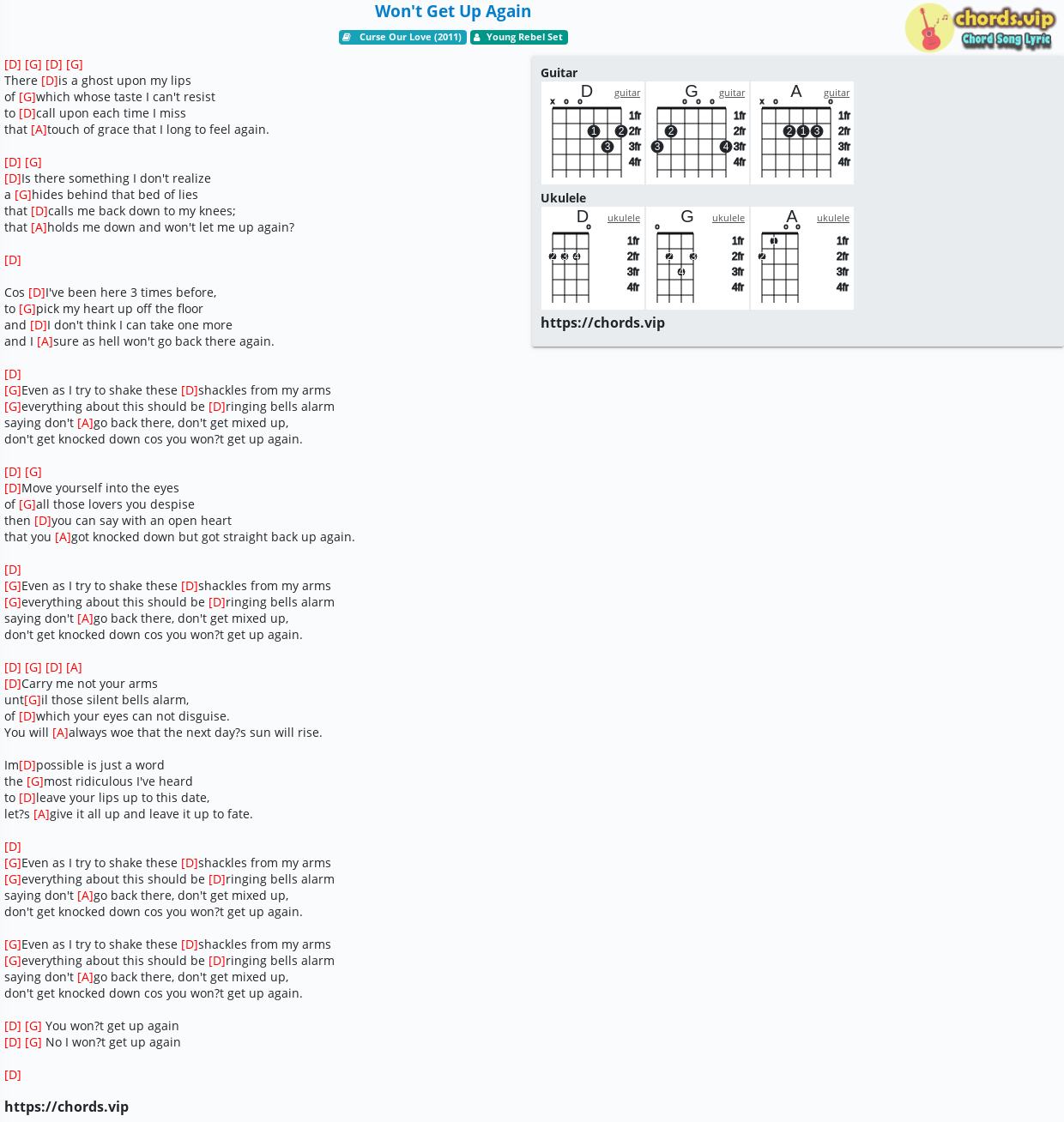

Information declassified in 2013 showed that "only a single switch prevented the. Five crewmen successfully ejected or bailed out of the aircraft and landed safely, another ejected but did not survive the landing, and two died in the crash. The pilot in command, Walter Scott Tulloch, ordered the crew to eject at 9,000 feet (2,700 m). On 24 January 1961, a B-52 Stratofortress carrying two 3–4- megaton Mark 39 nuclear bombs broke up in mid-air near Goldsboro, North Carolina, dropping its nuclear payload in the process. However, doubts about the authenticity of the attack arose due to the presence of Soviet leader Nikita Khrushchev in New York City as head of the USSR's United Nations delegation.

Upon receiving a report of the supposed attack, NORAD went on high alert. Radar equipment in Thule, Greenland, mistakenly interpreted a moonrise over Norway as a large-scale Soviet missile launch. The perceived threat was due to a coincidental combination of events, including a wedge of swans over Turkey, a fighter escort for Syrian President Shukri al-Quwatli returning from Moscow, a British bomber brought down by mechanical issues, and scheduled exercises of the Soviet fleet. In fact, all reports of Soviet action turned out to be erroneous, misinterpreted, or exaggerated. forces believed these events could trigger a NATO nuclear strike against the Soviet Union. Considering previous Soviet threats to use conventional missiles against France and the United Kingdom, U.S.

ĭuring the Suez Crisis, the North American Aerospace Defense Command (NORAD) received a number of simultaneous reports, including unidentified aircraft over Turkey, Soviet MiG-15 fighters over Syria, a downed British Canberra medium bomber, and unexpected maneuvers by the Soviet Black Sea Fleet through the Dardanelles that appeared to signal a Soviet offensive. At an international level, this includes the importance of context and outside mediation at the national level, effectiveness in government communications, and involvement of key decision-makers and, at the individual level, the decisive role of individuals in following intuition and prudent decision-making, often in violation of protocol. Though exact details on many nuclear close calls are hard to come by, the analysis of particular cases has highlighted the importance of a variety of factors in preventing accidents.

ĭespite a reduction in global nuclear tensions and major nuclear arms reductions after the end of the Cold War (in 1992), estimated nuclear warhead stockpiles total roughly 15,000 worldwide, with the United States and Russia holding 90% of the total. The damage caused by international nuclear exchange is not necessarily limited to the participating countries, as the hypothesized rapid climate change associated with even small-scale regional nuclear war could threaten food production worldwide-a scenario known as nuclear famine. These incidents typically involve a perceived imminent threat to a nuclear-armed country which could lead to retaliatory strikes against the perceived aggressor. A nuclear close call is an incident that could have led to at least one unintended nuclear detonation or explosion.


 0 kommentar(er)
0 kommentar(er)
